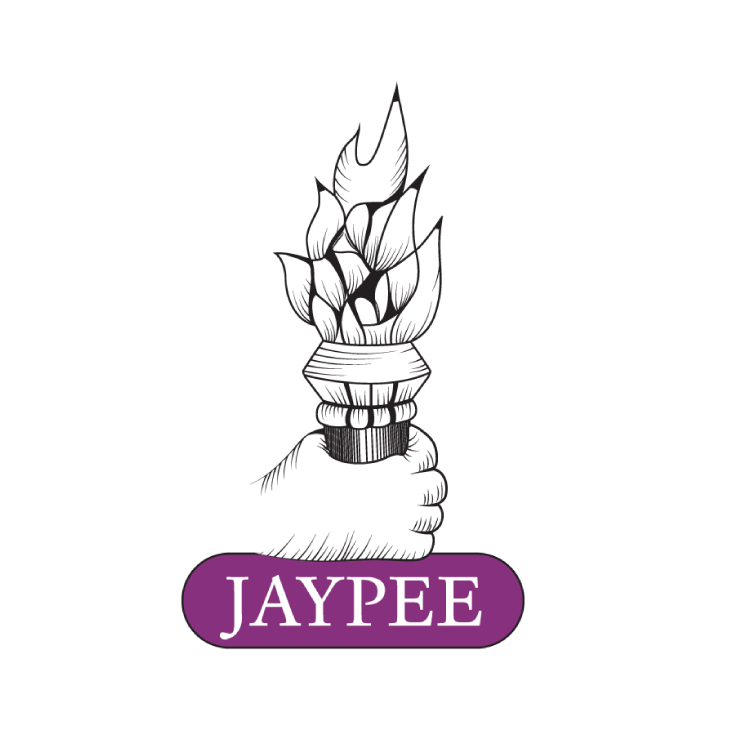Manual of Ovulation Induction and Ovarian Stimulation Protocols
Key Features
- It is a kaleidoscope of the various aspects of ovarian stimulation that projects the fundamentals of natural and controlled ovarian stimulation, the various ovarian stimulation regimens, ovulation inducing drugs, and the significance of monitoring folliculogenesis and evaluating the ovarian reserve, particularly in poor responders and high-risk patients, features indispensable to manipulating or fine-tuning a stimulated cycle
- Forces a re-evaluation of the conventional stimulation protocols and presents timely management strategies to deal with these unpleasant side effects of ovarian stimulation by exposing the life-threatening complications of ovarian hyperstimulation, namely ovarian hyperstimulation syndrome and multiple pregnancies
- Highlights the advantages of minimal stimulation and natural cycle IVF in terms of clinical efficacy, safety and cost-effectiveness, specifically in connection with cryopreserved-thawed embryo transfer to rekindle the awareness of the unparalleled benefits of natural physiology
- Addresses path-breaking advances in stimulation scince, such as the development of the highly potent, long-acting recombinant DNA product, Corifollitropin alpha, and the development of the sonography-based automated volume count (Suno AVC) for monitoring follicular growth, and their scope for practical application to abreast the reader with the potential of the remarkable progress in the field
- Aims to resolve clinical dilemmas that revolve around ovarian stimulation and offer practical, safe, cost-effective and result-oriented solutions by its 67 intelligently designed chapters, spanning 9 sections, that speak volumes of the experience and caliber of world-renowned clinicians, scientists and researchers.
MRP
TBA
Inclusive of all taxes
Key Features
- It is a kaleidoscope of the various aspects of ovarian stimulation that projects the fundamentals of natural and controlled ovarian stimulation, the various ovarian stimulation regimens, ovulation inducing drugs, and the significance of monitoring folliculogenesis and evaluating the ovarian reserve, particularly in poor responders and high-risk patients, features indispensable to manipulating or fine-tuning a stimulated cycle
- Forces a re-evaluation of the conventional stimulation protocols and presents timely management strategies to deal with these unpleasant side effects of ovarian stimulation by exposing the life-threatening complications of ovarian hyperstimulation, namely ovarian hyperstimulation syndrome and multiple pregnancies
- Highlights the advantages of minimal stimulation and natural cycle IVF in terms of clinical efficacy, safety and cost-effectiveness, specifically in connection with cryopreserved-thawed embryo transfer to rekindle the awareness of the unparalleled benefits of natural physiology
- Addresses path-breaking advances in stimulation scince, such as the development of the highly potent, long-acting recombinant DNA product, Corifollitropin alpha, and the development of the sonography-based automated volume count (Suno AVC) for monitoring follicular growth, and their scope for practical application to abreast the reader with the potential of the remarkable progress in the field
- Aims to resolve clinical dilemmas that revolve around ovarian stimulation and offer practical, safe, cost-effective and result-oriented solutions by its 67 intelligently designed chapters, spanning 9 sections, that speak volumes of the experience and caliber of world-renowned clinicians, scientists and researchers.
MRP
TBA
Inclusive of all taxes
Description
The section on the Fundamentals of Stimulation is a necessary introduction to the subject and bridges the gap between basic science and clinical application. It helps to clarify the intricate relationships between the different elements of the hypothalamic-pituitary-ovarian axis and the various hormones and molecules involved in the process of natural ovulation, and how this can be manipulated for induction of ovulation in anovulatory women, as well as for controlling superovulation in assisted reproduction. It also discusses the up-to-date techniques for monitoring ovarian stimulation and addresses the important questions of whether the repeated ovarian stimulation has an effect on the ovarian reserve and whether some LH activity is indispensable for proper ovulation induction.
The following section is a journey into the world of ovarian stimulation and its chapters span various subjects from mild stimulation protocols to more aggressive protocols for various applications in assisted reproduction. It starts by discussing the place of Clomiphene citrate in the modern world of assisted reproduction and the possibility of combining it with other preparations, namely hMG or FSH, a particularly important subject for low-resource settings in developing countries.
It continues with the still hot debate between the GnRH agonist and antagonist protocols in the light of the latest evidence-based analyses. In addition, the different regimens of FSH and hMG administration are discussed, including the step-up and step-down protocols and the use of Clomiphene citrate and oral contraceptives to manipulate the cycle for better clinical outcomes. It also addresses the question of whether any of these regimens has an effect on the luteal phase and the best way of supporting it. It finally discusses the supplementation of the various protocols with LH, hCG and estradiol in order to achieve the ultimate goal of a livebirth.
The subsequent section discusses the role of aromatase inhibitors, embracing their advantages and disadvantages and comparing them to other ovulation induction therapies. This is followed by the special section on ovarian stimulation in the still enigmatic polycystic ovary syndrome (PCOS), addressing the subject from all angles. In particular, the role of Metformin in this group of patients is discussed in detail as in the use of corticosteroids. The section ends with the role of surgery in the light of recent evidence and is followed by a section on triggering ovulation. Here, the different methods of achieving the final step in ovarian stimulation are discussed including LH, hCG as well as triggering ovulation by GnRH agonists in patients with PCOS.
A special section is dedicated to the complications of controlled ovarian stimulation, including the ovarian hyperstimulation syndrome, multiple pregnancies, as well as the possible relationship between ovarian stimulation and gynecological tumors. This is followed by a section that addresses the subject of poor responders, its causes and the best management protocols in these unfortunate patients in the light of the most recent. The final section is a look into the future of the subspecialty and discusses the new long-term FSH preparations, as well as state-of-the-art methods of monitoring ovarian stimulation.
The following section is a journey into the world of ovarian stimulation and its chapters span various subjects from mild stimulation protocols to more aggressive protocols for various applications in assisted reproduction. It starts by discussing the place of Clomiphene citrate in the modern world of assisted reproduction and the possibility of combining it with other preparations, namely hMG or FSH, a particularly important subject for low-resource settings in developing countries.
It continues with the still hot debate between the GnRH agonist and antagonist protocols in the light of the latest evidence-based analyses. In addition, the different regimens of FSH and hMG administration are discussed, including the step-up and step-down protocols and the use of Clomiphene citrate and oral contraceptives to manipulate the cycle for better clinical outcomes. It also addresses the question of whether any of these regimens has an effect on the luteal phase and the best way of supporting it. It finally discusses the supplementation of the various protocols with LH, hCG and estradiol in order to achieve the ultimate goal of a livebirth.
The subsequent section discusses the role of aromatase inhibitors, embracing their advantages and disadvantages and comparing them to other ovulation induction therapies. This is followed by the special section on ovarian stimulation in the still enigmatic polycystic ovary syndrome (PCOS), addressing the subject from all angles. In particular, the role of Metformin in this group of patients is discussed in detail as in the use of corticosteroids. The section ends with the role of surgery in the light of recent evidence and is followed by a section on triggering ovulation. Here, the different methods of achieving the final step in ovarian stimulation are discussed including LH, hCG as well as triggering ovulation by GnRH agonists in patients with PCOS.
A special section is dedicated to the complications of controlled ovarian stimulation, including the ovarian hyperstimulation syndrome, multiple pregnancies, as well as the possible relationship between ovarian stimulation and gynecological tumors. This is followed by a section that addresses the subject of poor responders, its causes and the best management protocols in these unfortunate patients in the light of the most recent. The final section is a look into the future of the subspecialty and discusses the new long-term FSH preparations, as well as state-of-the-art methods of monitoring ovarian stimulation.
Product Details
Publisher :
JPB
Edition :
3/e
Binding :
Hard Back
Language :
English
Pages :
686
ISBN-13 :
9789350909584
Item Weight :
1250 grams
Dimensions :
6.25 x 9. 5
Printing Format Color :
Two Color with Colour plates
Copyright year :
2016

